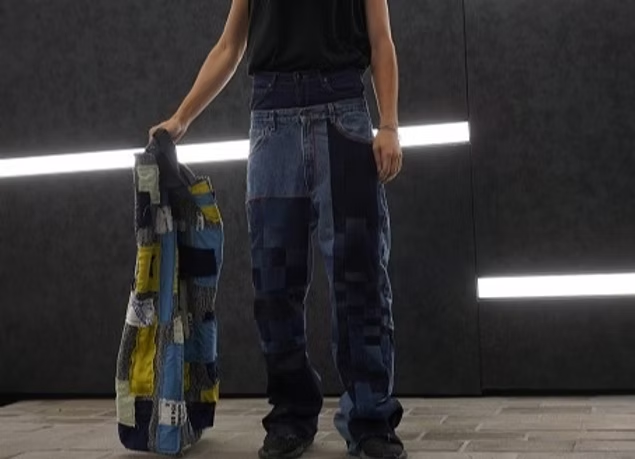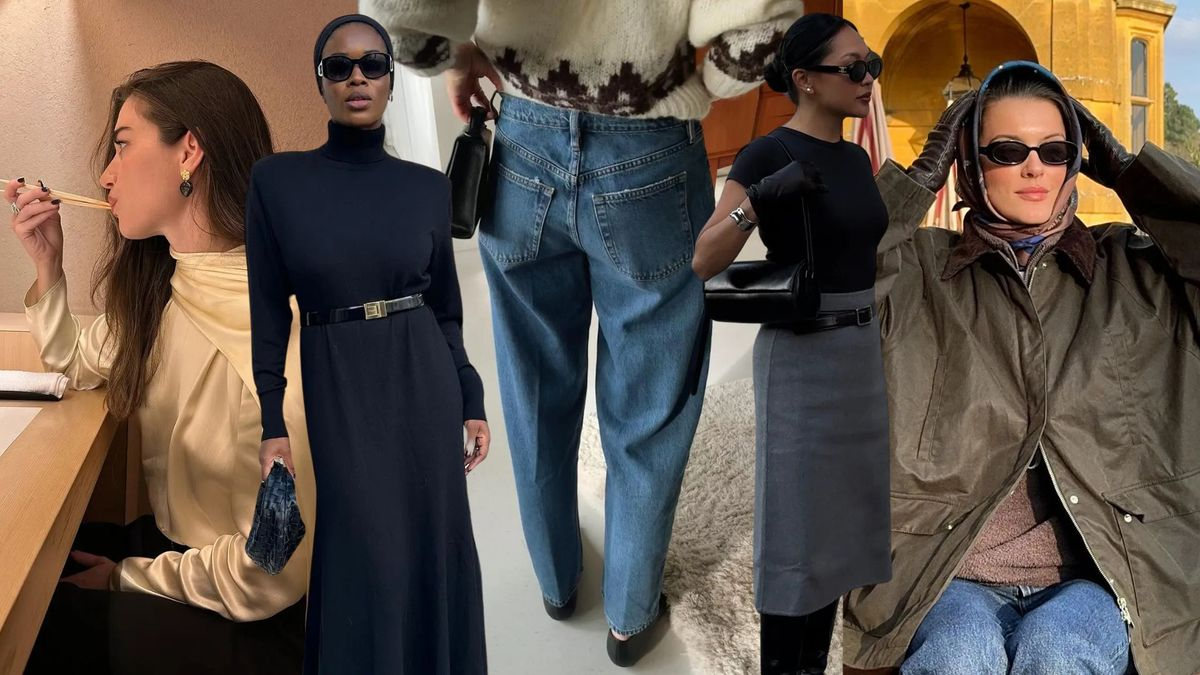In today’s fast-fashion world, denim upcycling has emerged as a powerful practice to reduce textile waste and revive discarded jeans. Upcycling transforms old denim into new, stylish items—such as bags, patches, or even entirely reimagined garments—without destroying the fabric. This helps avoid landfill overflow and supports a circular fashion model, where materials loop back into use rather than being thrown away.
Several innovation-driven brands are leading the charge. For example, the Mumbai label Dwij collects post-consumer and pre-consumer denim waste to craft tote bags, backpacks, and home accessories—working with zero-waste principles and eco-conscious design. Meanwhile, Kloth Circularity recently partnered with Wing Tai Fashion to upcycle leftover denim into functional pieces like drawstring and tote bags, proving that sustainability can merge with practical style. On a larger scale, Levi’s introduced a circular 501® jean made with organic cotton and recyclable fibers, designed to be reused, repaired, or recycled at the end of its life.
Why does this matter? Upcycling denim reflects experience: designers and factories are learning to work creatively with scraps and leftovers. It builds expertise: knowing how to sort, cut, dye, and sew reclaimed materials requires specific skills. Its authoritativeness is rooted in peer-reviewed studies that show upcycling can convert 50–80% of textile leftovers into new garments. And it offers trustworthiness: upcycled products come from transparent, intentional practices that respect both environment and craftsmanship. For eco-conscious consumers, choosing upcycled denim isn’t just fashion—it’s a statement of sustainable values.





